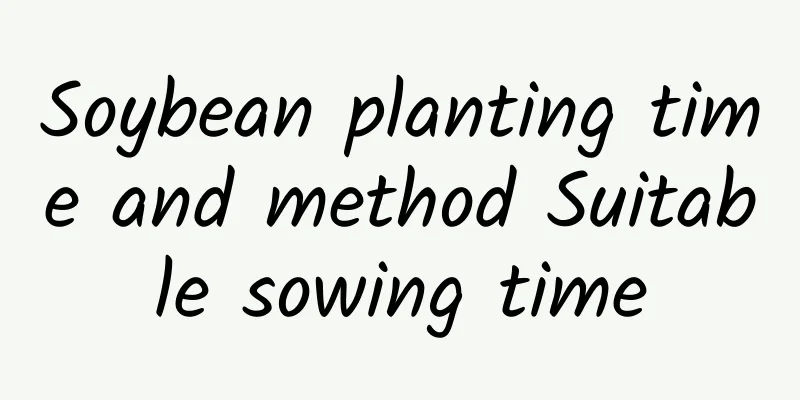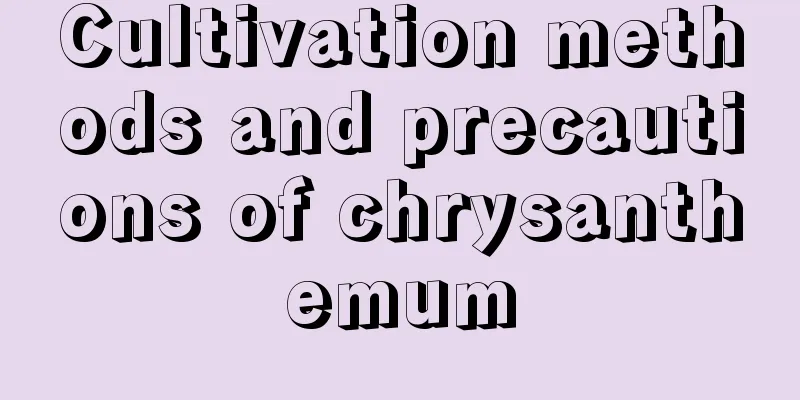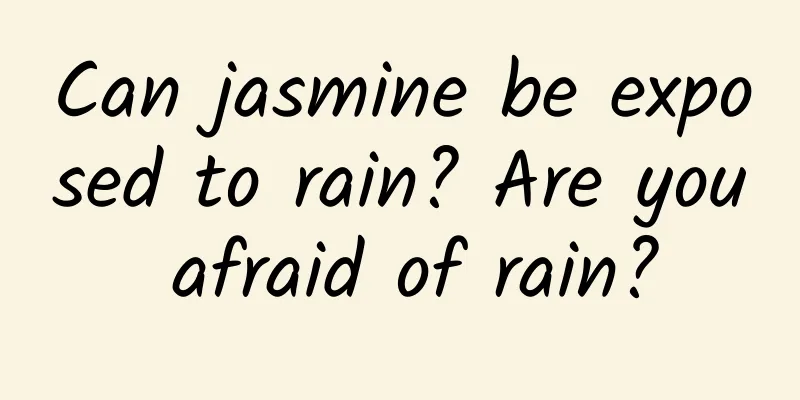Kidney Bean Planting Time and Method

Kidney bean growth habitsDuring the growth process, kidney beans like warmth but cannot tolerate high temperatures and frost. Dwarf kidney beans are slightly more resistant to low temperatures than climbing kidney beans. The temperature suitable for kidney bean seed germination is 21 to 25 degrees. If the temperature is below 10 degrees or above 40 degrees, the seeds will not germinate easily or will not germinate. Kidney bean planting timeThe suitable cultivation season for kidney beans is when the monthly average temperature is between 10 and 24 degrees, and the most suitable temperature is around 20 degrees. In all parts of north and south my country, they can be planted in the open field in spring and autumn, and spring sowing is the main method. Kidney beans sown in summer can only be cultivated in high-altitude and cold areas during a few frost-free periods and when the summer is relatively cool. Kidney bean planting methods and key points1. Land preparation Before planting kidney beans, it is best to choose a sunny, well-drained, far from the groundwater level, well-ventilated, medium fertility, deep soil, lots of organic matter, and preferably slightly acidic soil. Sufficient base fertilizer must be applied, 1510 kg to 2010 kg of farmyard manure per acre. 2. Planting If you are planting large white beans, you cannot plant the same land repeatedly. It is best to plant corn or potatoes in the field before. The beans are best sown between April 21 and May 6. It is best to plant them in moist soil so that they can better retain moisture. The depth should be 11-16 cm, and then cover with about 5 cm of soil. 3. Seedling cultivation Sowing after a thorough rain, the top needs to be covered with a layer of film, requiring flat soil and fine soil. Ten days after sowing, when half of the seedlings have emerged from the soil, the film can be lifted to lead the seedlings out of the film. If dead seedlings or missing ponds are found, replant them in time. Kidney bean seedlings are very easy to survive. Water the roots in time after replanting. 4. Field management (1) Thinning out the seedlings: Basically, thinning out the seedlings is done when the seedlings have grown three true leaves. The main purpose is to retain the stronger seedlings. Then the deformed and weaker ones are removed. It is sufficient to retain three seedlings in each pond. (2) Before vines grow , pole insertion, ridge preparation, soiling, and weeding should be done in a timely manner. This will allow for better ventilation between plants, resulting in fuller pods and improved quality. (3) Build the scaffolding in time: When the seedlings are 31 cm tall, you should insert a scaffolding next to the seedlings and guide the vines up the poles. Just insert a scaffolding next to the pond, which should be more than 2.1 meters long. 4. Pest and disease control (1) Disease control: During the growth period, kidney beans are susceptible to diseases such as mosaic disease, anthracnose, and powdery mildew. Once these diseases are discovered, lime sulfur mixture can be used for control. (2) Pest control: During the growth period, beans are prone to pests such as pod borer, leaf roller, flea beetle and cutworm. If it is a cutworm, you can use manual killing. If it is other pests, you can use corresponding pesticides. |
<<: Time and method of planting four-season lettuce
>>: Bitter melon planting time and method
Recommend
Does Vitex nigra prefer shade or sun?
Does Vitex nigra prefer shade or sun? Yellow broo...
Varieties of Rieger Begonia
Varieties of Rieger Begonia The common varieties ...
How to grow Sedum sedum
1. Maintenance methods 1. Temperature: Sedum is q...
Grow these 6 kinds of flowers in the summer, and they will climb up the wall in one month, and you don’t even need to put up curtains!
Moneywort As the name suggests, the money vine lo...
Can succulents be watered with beer?
Can succulents be watered with beer? Succulent pl...
What is hair vegetable?
What is hair vegetable? Hair moss is actually hai...
Is Christmas cactus poisonous when placed in the bedroom? Where is the best place to place it?
1. Is it poisonous to put it in the bedroom? Chri...
What kind of water is good for orchids?
1. What kind of water is good? When watering orch...
How to care for water bamboo in winter
Is water bamboo afraid of freezing? Water bamboo ...
What should I do if there are small white worms in the soil of the spider plant? How to kill them if there are small white worms?
1. The reason why there are small white worms in ...
How to plant pepper tree seeds
The seeds of the Chinese prickly ash tree mature ...
How to grow silver vein tiger tail orchid
1. Maintenance conditions 1. Soil: The silver-vei...
How to breed the red twins and what to pay attention to
Reproduction method of red The sowing method is t...
How to propagate ginkgo and what to pay attention to
Ginkgo propagation method The main ways of propag...
When and how to plant white radish
White radish planting time White radish has a str...









